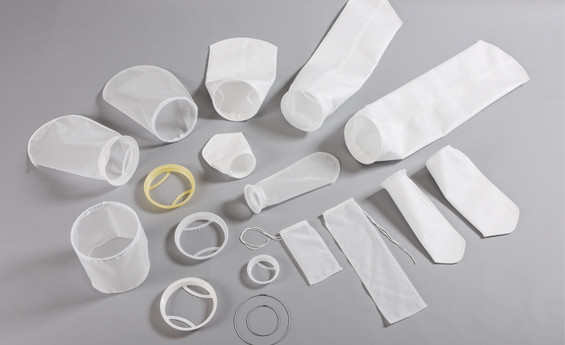Global LSEV market is projected to reach $68 billion by 2025, the growth of the market is majorly driven by rising environmental awareness and increasing government support, according to P&S Intelligence.
Insights into market segments
On the basis of voltage, the global Low Speed Electric Vehicle market has been categorised into 24V, 36V, 48V, 60V, and 72V. Of these, 48V is the most preferred voltage category due to its preference in electric scooters as it provides an optimal power to price ratio. However, the fastest growth during the forecast period is expected from the 72V category, due to the rising demand for high-speed LSEVs which use this voltage level.
By type of two-wheeler, the LSEV market is categorised into electric scooter, motorcycle, bikes, kick scooter, and mono wheel. Among these, electric bikes held the highest revenue share in the market, valuing over 50% in 2017. Electric scooters can reach top-speeds of 25-50km/hr, and are comfortable for long distance commuting. These characteristics of electric scooters, coupled with their lower price when compared to electric motorcycles, would continue to drive their market growth during the forecast period.
Asia-Pacific is the largest LSEV market
Globally, Asia-Pacific is the largest market for low speed vehicles, followed by North America and Europe. The Asia-Pacific market is led by China, which accounted for the largest share in terms of revenue in 2017, valued at more than 90%. The size of the country, population, technological advancements, and government support in the form of subsidies and regulations have made the country a big LSEV market in the region. China is also the largest exporter of these electric vehicles in the world. However, the fastest growth during the forecast period is expected from India, due to low penetration of LSEVs in the country.
E-bikes is the largest product category in Europe
Europe is the second largest Low Speed Electric Vehicle market in the world. E-bikes account for a majority of electric vehicles sold in the region. The e-bike market in Europe has seen a significant growth during the last few years; Germany, France, and Italy are the largest e-bike markets in the region.
Electric Motorcycles is expected to witness the fastest growth in North America
x
x
E-bikes account for the majority of electric vehicle sales in the North American LSEV market. The markets for kick scooters and mono wheels are at a nascent stage in the region. However, these categories are increasingly being seen as convenient modes of transportation for short trips. In 2018, Bird Rides Inc, a U.S. based start-up firm, raised $100 million funding for shared electric scooter services. The company plans to expand to 50 new cities in the U.S. by the end of 2018.
Competitive Landscape
Some of the major players operating in the LSEV industry are Terra Motors Corporation, Zero Motorcycles Inc., Changzhou Yufeng Vehicle Co. Ltd., Jiangsu Kingbon Vehicle Co. Ltd., Hero Electric Vehicles Pvt. Ltd., Jiangsu East Yonsland Vehicle Manufacturing Co. Ltd., ZHIDOU Electric.















